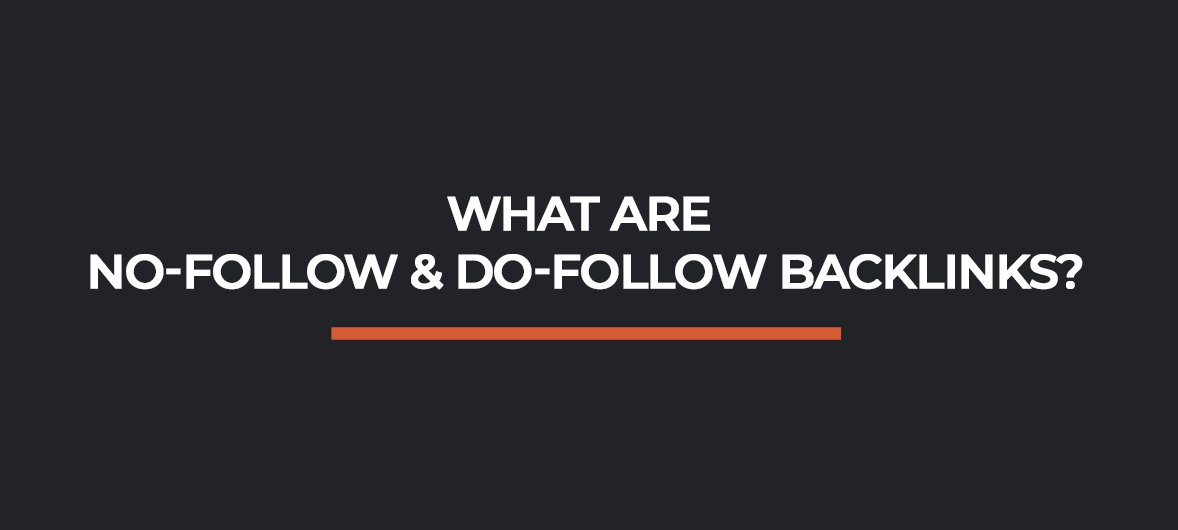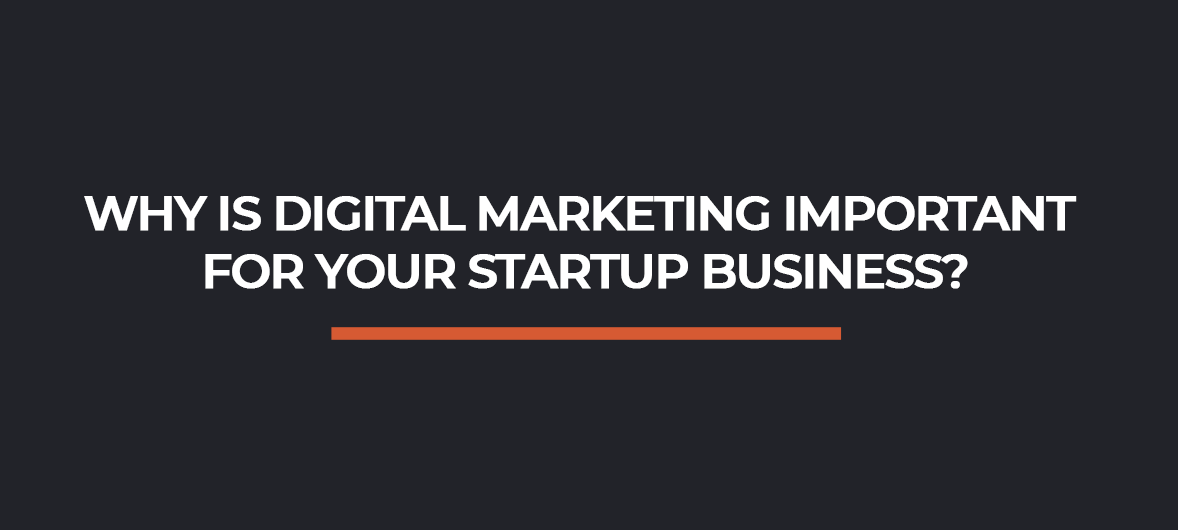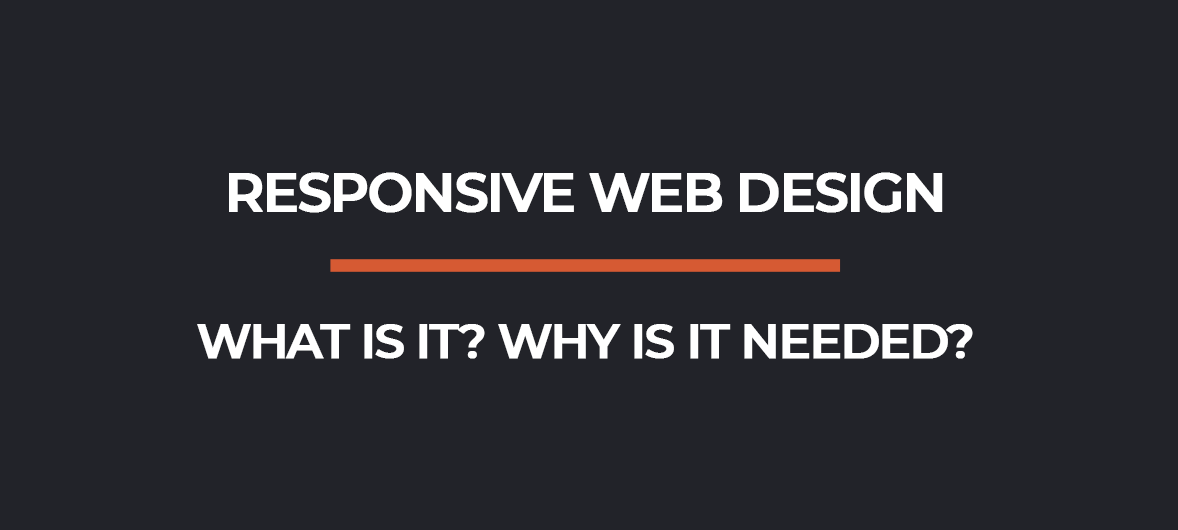Over the course of my career, I have worked in a range of different avenues of website design, digital marketing and e-commerce, since I started in 1999 there have been various revolutions in the way website design has been implemented. In the early days of the internet, websites were primarily used as a means of providing information to users. Over time, website design gradually evolved and became increasingly sophisticated, driven by the desire to create a unique and engaging user experience. Today, website design encompasses many different elements, including layout, typography, colour scheme, and images.
One of the most important aspects of website design is tailoring it to the specific audience you are targeting. In order to be successful, your website design must be relevant and appealing to your target audience, while also being functional and intuitive enough to meet their needs.
Whether you are trying to build a website for a small business or designing a website for an online community group, careful consideration of these factors is essential for creating an effective website design that truly connects with your users.
Websites: More Than Just a Place for Information?
In the early days of the internet, websites were mostly used for informational purposes. Many people found information about new products, services, and ideas on websites. Some people used websites to communicate with friends and family members. A few people even used websites to sell products and services, before the eCommerce boom in the early 2000s.
When businesses first started creating websites, their primary focus was on providing information. The thought was that potential customers would visit their website to learn more about their products or services before making a purchase. However, as the internet has evolved, so has the way that people use it. And that means that businesses need to change the way they think about their website if they want to stay ahead of the competition.

What People Look for on a Website these Days
Nowadays, people expect to be able to find more than just information on a website. They want to be able to interact with the business through their website. This might mean being able to chat with customer service, leave a review, or even make a purchase without ever having to pick up the phone or step into a store.
People also want to be able to find what they’re looking for quickly and easily. That means that businesses need to make sure their website is well-designed and user-friendly. If potential customers can’t figure out how to navigate your website or if it’s difficult to find the information they’re looking for, they’re likely to give up and go somewhere else.
Your Website Needs to be More Than Just Informational
How Website Design Has Evolved Over Time
The Early Days of Table-Based Web Design
The very first websites were created using HTML code. This code was used to define the structure of the page, including the placement of text, images, and other elements. However, this code was not well-suited to creating complex or visually appealing designs. As a result, early websites were often quite simple and lacked any real visual appeal. Shortly after the first websites started being created, designers began to use HTML tables to create more complex layouts.
With table-based design, designers could create websites that were much more visually appealing than those created with HTML alone. However, this approach had several drawbacks. First, it was very difficult to control the placement of elements on the page. Second, tables could often make pages load slowly. Third, search engines had difficulty indexing table-based content.
CSS began to be widely used.
In the early days of website design, the styling of the elements within the code of the website was often done using basic HTML styling tags, such as the font tag. However, this approach was very limited in what it could do. In order to create truly sophisticated designs, designers needed a better way to style their content. That’s where CSS came in.
CSS (Cascading Style Sheets) is a language that allows designers to apply styles to website content without having to use HTML tags. This means that designers can easily change the look of an entire website by simply changing a few lines of CSS code. CSS also makes it possible to create responsive designs that automatically adjust to different screen sizes.

Grid-based Layouts
Typography and Fonts
Gone are the days when Times New Roman was the only font available on websites. Today, there is a seemingly infinite number of fonts that can be used to give a website its own unique look and feel. In addition, thanks to advancements in CSS3, there are now several different ways that fonts can be used to add visual interest to a website. For example, some fonts can be made to appear larger or smaller than others, while others can be made bold or italicised. By carefully selecting the right font (or combination of fonts), designers can create websites that are both visually appealing and easy to read.
A huge advancement in fonts and typography came with the introduction of Google Fonts, these are free fonts available to download and use within your website designs, in fact most modern CMS’ (content management systems) automatically have these Google fonts available for use whilst creating web pages.
Images and Videos
Images and videos are also being used more frequently on modern websites. While in the past most sites would rely solely on text to convey their message, today’s users are much more likely to respond positively to websites that make use of imagery. In addition, thanks to advances in video compression technology, it’s now easier than ever to embed high-quality videos directly onto a website without adversely affecting its load time. When used correctly, images and videos can help to break up chunks of text and make a website more visually interesting overall.
Animations
Last but not least, we have animations. While animations have been around for quite some time now (think Flash-based intro pages), they are only recently starting to be used more frequently on modern websites. Thanks to advancements in CSS3 and HTML5 animation technologies, designers now have a lot more control over how animations are displayed on a website. As such, we’re starting to see more sites making use of subtle animations like image carousels and drop-down menus. When used sparingly, animations can help add an element of polish and interactivity to a site without causing too much distraction from its core content.
As you can see, there have been some major changes in website design over the past few years. Thanks to advances in technology, designers now have access to a wider range of tools than ever before. As a result, we’re starting to see more sites making use of sophisticated techniques like grid-based layouts, typography and fonts, images and videos, and even animations.
Today, website design is all about creating a unique user experience
It’s no secret that in today’s business landscape, having a website is absolutely essential. In fact, for many businesses, the website is the first point of contact between the company and the consumer. That’s why it’s so important to make sure that your website is not only functional but also engaging and visually appealing. After all, first impressions matter.
The good news is that there are a number of different ways to achieve this. In recent years, website design has shifted away from focusing solely on aesthetics and instead placed an emphasis on creating a unique and engaging user experience. This is accomplished by taking into account things like the overall tone of the website, the target audience, and what kind of message the website is trying to communicate.
When done correctly, this approach can result in a website that not only looks good but also effectively communicates your brand message and drives conversions. Here are three key things to keep in mind when designing for a unique user experience.
Designing for a unique user experience.
When it comes to creating a website that stands out from the rest, it’s all about thinking outside the box and offering users something they can’t find anywhere else. This could be anything from an interactive element to an innovative design feature that makes it easy for users to find what they’re looking for. Whatever it is, it should be something that highlights your company’s uniqueness and gives users a reason to come back to your site again and again.
Creating an engaging user interface
A great user interface is essential for any website because it makes it easy for users to navigate your site and find the information they’re looking for quickly and easily. To accomplish this, you’ll want to use clear and concise text as well as visuals that guide users through your site without overwhelming them with too much information at once. Additionally, using white space effectively can also help make your site more user-friendly by ensuring that there’s plenty of room for users to breathe while they’re browsing your pages.
Using creative visuals to engage users
Visuals are another essential element of an effective website design because they can help capture users’ attention and hold their interest throughout their visit. To incorporate visuals into your design, try using high-quality images or videos that complement your written content and help tell your brand’s story. Additionally, using creative typography can also be a great way to add visual interest to your site while still keeping things clean and organised.
At the end of the day, remember that your website is one of the most important tools you have for growing your business online- so it’s worth taking the time to create something truly unique and special. By following these tips, you’ll be well on your way to designing a site that engages and delights users while also driving conversions.
Keep Your Website's Design Targeted to Your Intended Audience
Designing for Different Age Groups
Designing for Different Genders
Designing for Different Interests
Interests can also play a big role in how you design your website. For example, if you’re targeting people who are interested in fashion, you’ll want to make sure your site includes large images and plenty of whitespaces to give it a clean, modern look. If you’re targeting people who are interested in gardening, on the other hand, you might want to include green elements in your design to echo the natural feel of gardens.
No matter who your target audience is, it’s important to keep them in mind when designing your website. By taking into account factors like age group, gender, and interests, you can create a website that appeals directly to your target audience and gives them what they’re looking for.
Conclusion
In today’s digital world, website design is more important than ever. With so many websites competing for people’s attention, it’s crucial to create a website that stands out and provides a great user experience.
There are many different factors that go into creating an effective website design, including layout, typography, colour scheme, and images. When designing a website, it’s important to keep your target audience in mind and tailor your website to meet their needs and preferences. Whether you’re looking to engage customers with stunning visuals or provide them with the information they need at-a-glance, thoughtful website design is key to success.
So if you’re looking to create a dynamic and engaging website for your business or organisation, why not consider partnering with a team of experienced website designers? I have the expertise and skills needed to help you build a professional website for your business – one that will attract your ideal audience and maximise conversions. Let’s get started today, contact me for a free quote!




















